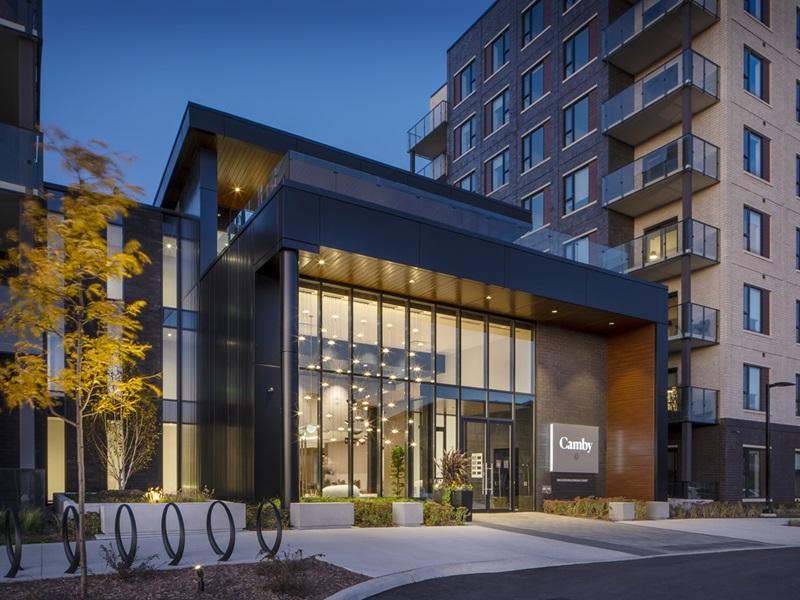Years ago, as a young immigrant in Canada, I lived in a rent-controlled apartment. It was cheap, sure – but cramped, with no dishwasher, no in-suite laundry, and noisy neighbours who partied like it was their full-time job.
Yet my wife and I stayed longer than we wanted, tethered by the low rent. We thought it was a smart financial choice, but I’ve since wondered: what opportunities did we miss for the sake of those savings?
Looking through that personal lens sparked my curiosity about policies like these.
In cities across Canada and the U.S., low vacancy rates and soaring rents often ignite calls for rent control. It’s an appealing fix: cap rents, shield tenants, stabilize communities.
But what if this well-meaning policy delivers the opposite of what it promises? Unfortunately, it often does. While rent control might ease short-term pain for some, it can create long-term problems for all.
San Francisco: A real-world experiment
San Francisco offers a near-perfect case study on the ripple effects of rent control. In 1979, the city imposed rent caps on buildings with five or more units, exempting new construction and smaller “mom-and-pop” properties.
Then, in 1994, the rules tightened, extending controls to those smaller multifamily buildings.
Economists Rebecca Diamond, Tim McQuade and Franklin Qian analyzed this for their 2019 study, The Effects of Rent Control Expansion on Tenants, Landlord, and Inequality: Evidence from San Francisco. Examining decades of data, they uncovered striking findings.
After 1994, tenants in rent-controlled units were 19.4 per cent more likely to stay put than those in unregulated housing. Older residents and long-tern tenants benefited most, enjoying stability in a city notorious for sky-high costs.
On paper, this looks like a win – people stayed housed and rooted in their neighbourhoods.
But dig deeper and cracks appear. Boxed-in by rent caps, landlords slashed the rental supply by 15 per cent.
How? Some converted apartments into condos for sale; others let units sit vacant rather than re-renting at below-market rates. Basic economics kicked in: less supply, same demand, higher prices.
Over time, city-wide rents climbed, with the study directly linking this shrinkage in supply to rent control. Newcomers faced an even steeper hill, paying premiums for scarce market-rate units.
The policy also reshaped the city’s fabric.
Where rental supply dwindled, developers pivoted to high-end housing. Condos and luxury rentals catered to wealthier residents. Incomes of new tenants in these areas averaged 18 per cent higher than those in comparable uncontrolled buildings.
Gentrification accelerated – not just due to market forces, but because rent control tilted the incentives.
Landlords had little reason to maintain or upgrade older, controlled apartments. As a result, tenants were locked into aging units, often in less desirable areas, while new developments lured the affluent.
This created a dual market – one group locked into low rents, another squeezed by escalating costs. And while existing tenants saved on rent, the policy created another problem: driving up prices for everyone else.
Thomas Sowell: The Economic Lens
Economist Thomas Sowell, in his book Basic Economics, warns against price controls arguing they distort the market signals essential for supply and demand. When rents are capped below market levels, landlords lose the incentive to maintain properties or build new ones.
Sowell points to history for proof. After World War II, France’s rent controls halted rental construction for years, leaving the housing stock stagnant. In Sweden, similar policies in the 1960s choked supply, with apartment waitlists stretching for decades.
Meanwhile, the U.K.’s rental pool aged dramatically. By the 1950s, over 80 per cent of units predated 1919 – a legacy of suppressed development.
Sowell’s logic aligns with San Francisco’s story.
He explains that price caps create shortages because demand outpaces supply when prices can’t rise to balance them. Landlords, facing thinner margins, cut corners or exit the market – just as San Francisco’s 15 per cent supply drop shows.
Sowell also highlights a deeper cost: misallocation.
Rent control keeps units occupied by those who might not need them – empty nesters in large apartments, for example. Newcomers, desperate for a foothold, then get shut out. It’s not just inefficiency; it’s inequity dressed up as fairness.
His critique of price controls extends beyond housing. He cites the 1970s U.S. gasoline shortages, where price caps led to lines at pumps and black markets, not affordability.
The lesson? Defying market dynamics doesn’t solve scarcity – it amplifies it.
The bigger picture
San Francisco’s experiment and Sowell’s principle leave us with a sobering truth: rent control doesn’t work as a long-term fix. It’s a short-term balm that bandages symptoms – high rents – while worsening the disease: house scarcity.
Consider Austin, Texas, for a different angle. The city relaxed zoning and cut parking rules, sparking a wave of new builds – over 16,000 units in 2023. Rents fell 12.6 per cent by mid-2024, proving that supply works better than rent control, even if it’s not a full fix with construction slowing now.
Does this mean we abandon tenants to market whims? Not necessarily.
But it’s a call to rethink our approach. Rent control sounds noble, yet it trades today’s relief for tomorrow’s crisis.
What if we focused on boosting supply – streamlining construction, cutting red tape - instead of capping prices?







